Demonetisation anniversary: Where the shoe pinches
It was last year, when everybody in India suddenly got to know that most of their cash no longer had any value. The old Rs 1,000 and Rs 500 notes - 86 percent of currency in circulation - were scrapped after Prime Minister Narendra Modi made an unexpected announcement during a surprise television address.
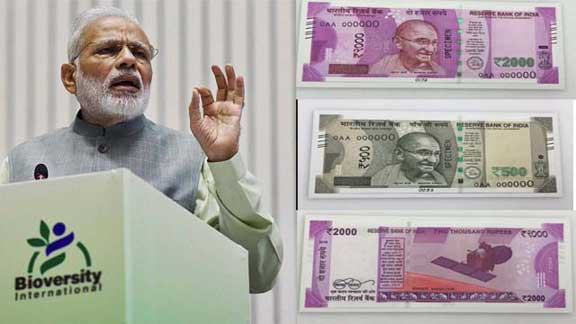
New Delhi: It was last year, when everybody in India suddenly got to know that most of their cash no longer had any value.
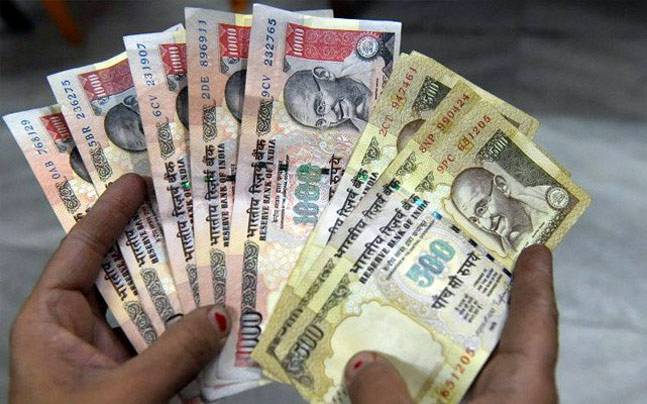
The old Rs 1,000 and Rs 500 notes - 86 percent of currency in circulation - were scrapped after Prime Minister Narendra Modi made an unexpected announcement during a surprise television address. He also gave the nation's 1.3 billion people a 50-day window to either deposit them into bank accounts or exchange them for minted notes.
Intended to be a surprise tactic to destroy the black market, the move didn't go as smoothly as planned. From shortage of new banknotes to uncalibrated ATMs to people suddenly finding themselves standing for hours in queues, India started feeling the pinch.
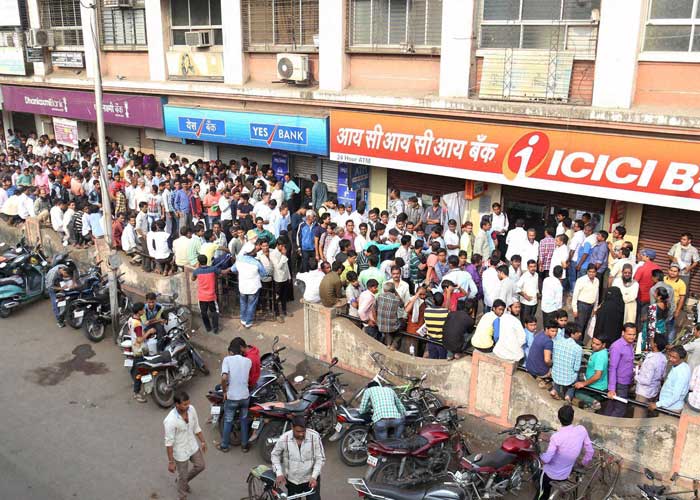
The move eventually started taking its toll on small businesses, farmers who reportedly couldn't buy seeds, taxi and rickshaw drivers who didn't have any way to receive payments and employers who were in a fix.
It's been 12 months since the announcement was made and by now, the economic impact of the note ban has been discussed threadbare.
Also Read |
PM Narendra Modi: Demonetisation a brave step
While the first quarter of demonetisation created initial disruption in the Indian economy, industry as well as consumers eventually witnessed the positive impact of demonetisation within the first year of its implementation.
Post demonetisation, analysts feared that the move would damage India's consumption story and slow down economic growth, but the turnaround came quickly, with domestic equity benchmark Sensex plunging over 1,800 points in eight sessions following the note ban.
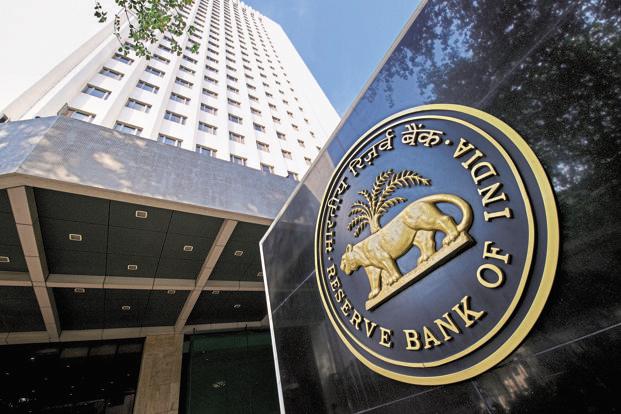
According to the Reserve Bank of India's annual report that was recently released, all but 1 percent of Rs 1,000 and Rs 500 denomination banknotes invalidated on November 8, 2016 had been returned by the end of June, 2017.
The then attorney general, Mukul Rohatgi, while defending demonetisation in the Supreme Court in November last year, had said that around Rs 4-5 trillion would probably not find its way back into the system.
However, with the RBI report stating that 98.96 percent of the money had returned to the system, the Opposition was quick to tag demonetisation as a "failed" move.
Moreover, though demonetisation was successful at wiping out all of the fake notes in circulation in the beginning, counterfeits of the new Rs 2,000 notes soon started emerging.
Also Read |
BSP is now 'Behenji Sampatti Party', mocks PM Modi
Meanwhile, the other main goal of disrupting the cash-centric economy was soon met by getting a larger slice of the population onto the digital economic grid.
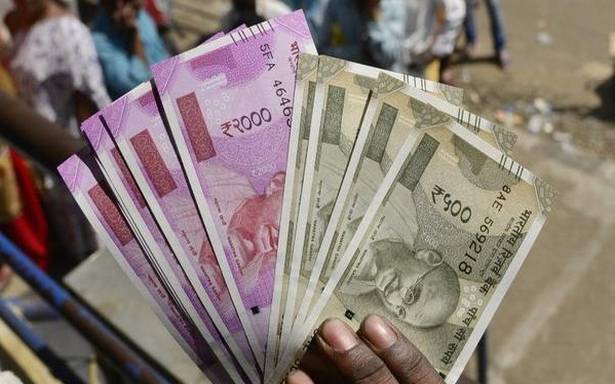
When it comes to the debate on the demonetisation move, the focus has always been on the economic consequences; not enough attention has been paid to the politics of this decision.
The shock move invited widespread criticism. The winter session of Parliament saw the Opposition parties locking horns with the government over demands for a vote on demonetisation. This tussle even washed out the entire winter session.
Now, the historic ban on high-value currency notes has approached its first-year anniversary, but the Congress-led Opposition still has a gap to close with the National Democratic Alliance (NDA) led by the Bharatiya Janata Party (BJP) over the viability of the reform. The political mobilisation against the exercise is still proving to be difficult.
While the BJP is celebrating the one-year mark of Prime Minister Narendra Modi's mantra of a "corruption-free India" as an "Anti-Black Money Day" today, the Opposition is all set to protest against it by observing a "black day." (ANI)
 Dynamite News
Dynamite News 